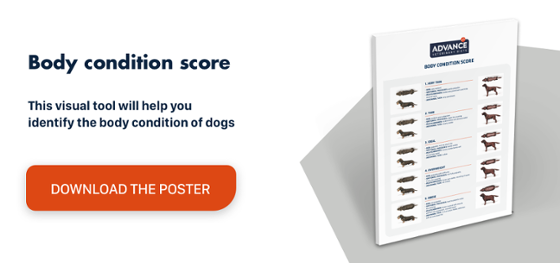Thoracentesis: a review of techniques and indications
Thoracentesis is a technique that allows the extraction of fluid from the pleural cavity in order to diagnose the cause and/or alleviate the symptoms of a pleural effusion, such as respiratory compromise or an infection, and to avoid complications.
The procedures consists of inserting a needle or catheter, attached to an aspiration system or tap for intermittent drainage, into the pleural space between the chest wall and the lungs.
Pleural effusion is relatively common in cats and dogs. Dyspnoea is generally the chief clinical sign, but it can also be asymptomatic and just an accidental finding. It is usually a progressive process in dogs; patients may initially have difficulty breathing upon exertion, but as the disease progresses, signs appear even at rest and the animal may adopt unusual postures to improve ventilation. In cats, early signs may go unnoticed, but it becomes more evident when they have significant degrees of dyspnoea.
In some cases, the fluid is atmospheric air, as in the case of pneumothorax. The considerations here are the same as when dealing with pleural effusion, and the procedure should be adapted to each clinical situation.
Thoracentesis: possible complications
The possible risks of thoracentesis include:
- Pain at the puncture site.
- Pneumothorax.
- Haemothorax.
- Adverse reaction to local anaesthetics.
- Vasovagal syncope.
- Skin infection.
- Pleural empyema.
Equipment/materials needed for the procedure
Several pre-packaged kits are currently available. The following materials are essential:
- Sterile gloves.
- Sterile dressing, wipes and drapes.
- Sterile basic surgical instruments.
- Antiseptic solution (iodine or chlorhexidine).
- Alcohol.
- Local anaesthetic (in some cases, short-term general anaesthesia is necessary).
- Butterfly needle or catheter.
- Three-way stopcock.
- Syringe.
- Extension tube.
- Sterile tubes or bottles for sample collection.
- Oxygen.
- Ideally, two assistants to hold the animal and aspirate and collect the liquid or air.
Thoracentesis: technique
Where the patient’s condition allows, it is a good idea to take a dorsoventral X-ray prior to the thoracentesis that demonstrates the position of the pleural effusion or pneumothorax and indicates which side to approach first. The puncture site is determined by X-ray, ultrasound or, if no other means are available, physical examination and percussion.
The patient should normally be positioned in sternal or lateral decubitus and comfortable to facilitate breathing during the procedure. The skin is prepared for surgery by shaving, cleaning and disinfecting the area, which is then covered with sterile surgical drapes.
Patients are not usually sedated due to the respiratory compromise. It is important to make sure that the animal does not move while inserting the needle or withdrawing the fluid, as this could cause damage to internal structures. The path from the skin to the parietal pleura should be anaesthetised with 2% lidocaine.
The puncture is usually performed at the level of the costochondral joints, between the 7th and 9th intercostal spaces. A scalpel is used to make an incision in the skin of around 1–2 cm. The needle or catheter should then be inserted perpendicular to the chest wall, following the cranial edge of the rib. A 3-way stopcock, extension tube, a suitably sized needle or catheter and a syringe should be used to collect the air or liquid.
If thoracentesis is performed for therapeutic purposes, as much fluid as possible should be extracted to alleviate the animal’s dyspnoea. If it is for diagnostic purposes, only collect enough fluid required for laboratory testing.
While extracting the pleural fluid, the samples must be allocated to different tubes. Tubes with anticoagulant (EDTA) should be prepared for the cytological study, tubes without anticoagulants to assess coagulation and the fluid’s physicochemical properties, and another sample should be separated for aerobic and anaerobic cultures and the antibiogram.


